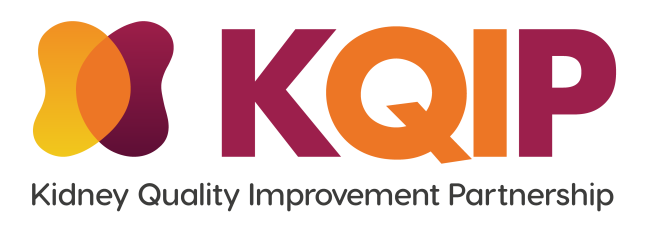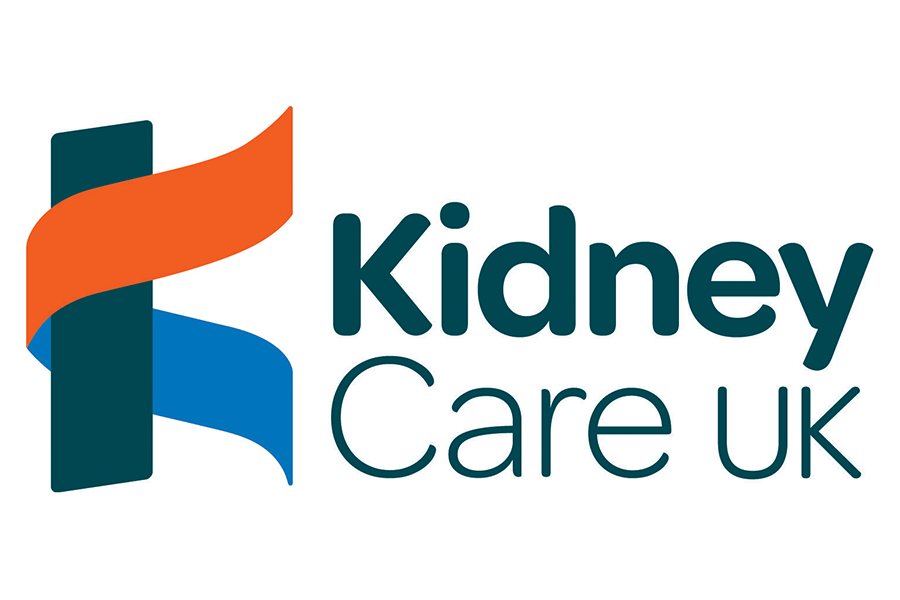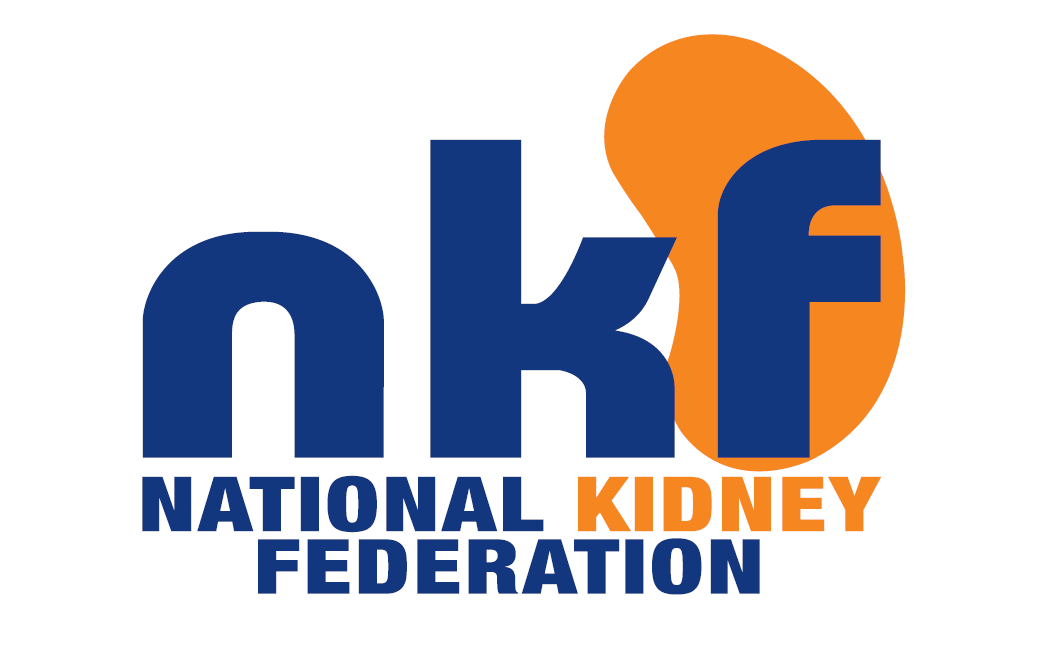The use of routine home education visits for all low-clearance patients to increase access to and uptake of home dialysis
Nottingham University Hospitals NHS Trust
Quality improvement leads: Charlotte Bebb, Mark Jesky, Wendy Spooner, Pippa Law, Vanessa Watkins and Jenny Allen
Introduction
Home therapies (peritoneal dialysis (PD) and home haemodialysis (HHD)) should be offered to all patients starting dialysis (NICE 2018). As part of the DAYLife KQuIP project we identified low-clearance home visit as an opportunity to offer home therapies as a modality choice for all patients. We predicted that increasing the number of patients receiving a low-clearance home visit may lead to increased uptake in home therapies.
Developing ideas for improvement through team work and pathway mapping
What we did
Using a multi-disciplinary approach, including patient and carer representatives, we undertook a consultation process to identify areas where quality improvement interventions may increase access to home therapies. Our existing education pathway for low-clearance patients (eGFR<18-20 and progressing) involved a home visit from a home therapies nurse specialist only where patients selected a home therapy as their modality choice. We altered the pathway to offer an early home education visit to all low-clearance patients prior to modality selection. This was provided as a default regardless of perceived suitability for home therapies. The visit was used to discuss all RRT options including transplantation, home therapies, in-centre HD and conservative care. The visits were provided by members of the home therapies nursing team, with expertise in both PD and HHD.
Our new low clearance pathway
The outcome
In 2018 112 low-clearance home visits took place (mean number of home visits annually over 5 years until 2018 was 117). Following the change to the low-clearance pathway, numbers of home visits almost doubled to 208 in 2019 and 201 in 2020. In 2018, prior to our intervention, the number of patients receiving home therapies in our centre was 8.9% total RRT population and 23.2% total dialysis population (PD n=72, 15.8% dialysis population, HHD n=34, 6.6% dialysis population). During implementation in 2019 the number of patients receiving home therapies remained static at 8.7% RRT population and 22.7% dialysis population (PD n=76, 16.1% dialysis population, HHD n=31, 6.6% dialysis population). Following implementation in 2020 uptake in home therapies increased, with 9.9% RRT population and 25.0% dialysis population (PD n=90, 18.6% dialysis population, HHD n=31, 6.4% dialysis population).
Project data
What we learnt
Our experience would support the widespread use of educational home visits by a nurse with home therapies expertise for all low-clearance patients.
QI lead, Nottingham
Overall our centre saw an increase of 2.3 percentage points in patients receiving home therapies from 2019 to 2020 following the introduction of a low-clearance education pathway providing home visits for all patients. The number of home visits almost doubled from 2018 to 2019/20. This intervention allowed patients to have more time with specialist nursing staff to support their decision-making process and allowed troubleshooting to remove actual or perceived barriers to home therapies. The change to our low-clearance pathway ensured that all patients received equitable access to home therapies and significantly increased uptake, particularly to peritoneal dialysis as the preferred first therapy. Our experience would support the widespread use of educational home visits by a nurse with home therapies expertise for all low-clearance patients.
Want to know more? Get in touch with the QI team
Charlotte Bebb
Jenny Allen



